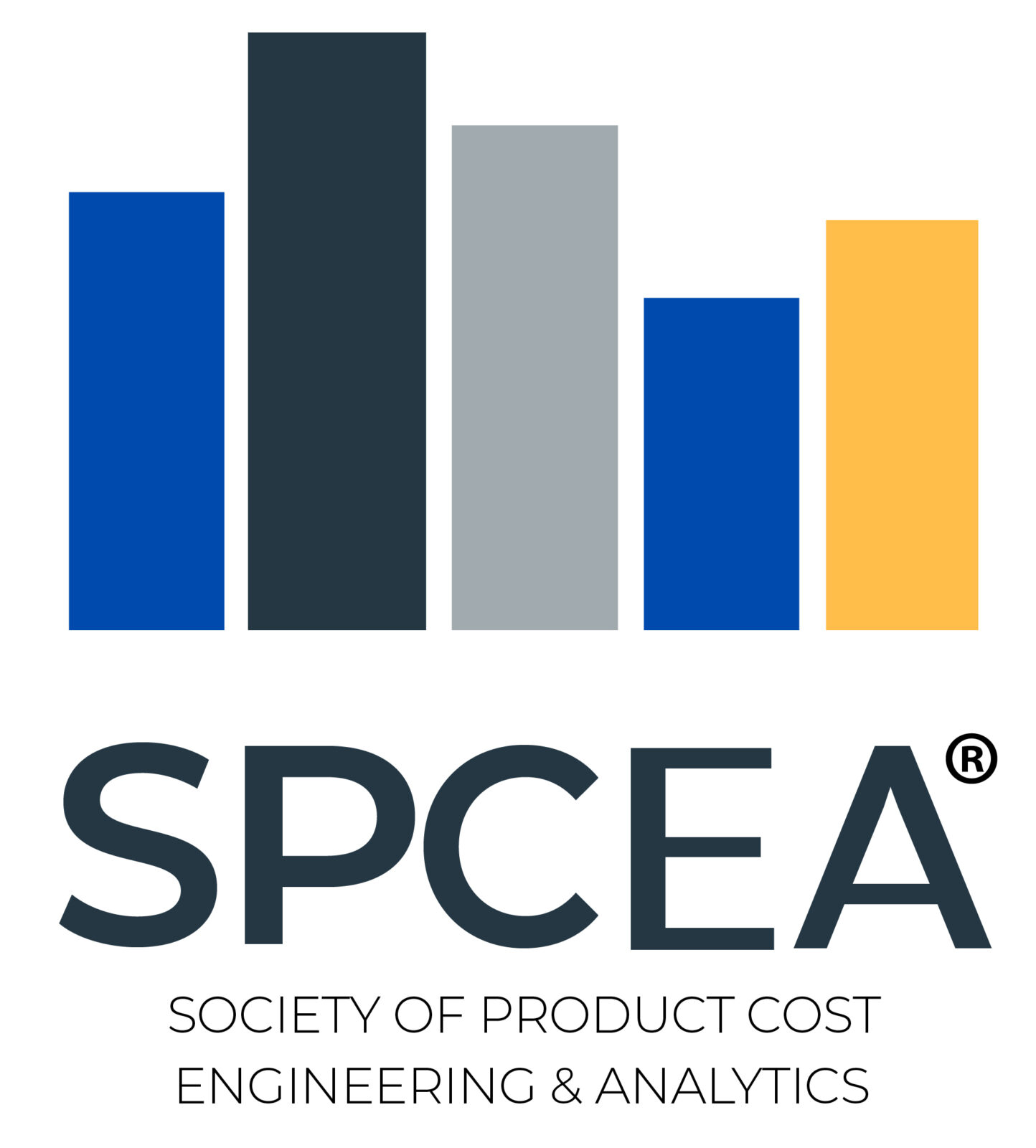Depreciation – Fixating on the Irrelevant
“Sunk costs are irrelevant” is a principle stated in almost every book on decision science ever written. Despite this well-accepted principle of decision science, accountants continue to include their company’s biggest sunk cost as a major factor in determining its product, service and process costs. That cost is depreciation – a concept I’ve often referred to as “the dumbest concept in the history of management accounting.”
The greatest sunk cost at many organizations is the money invested in its capital assets. Instead of ignoring this sunk cost, however, companies “pick a life” from the list of allowable asset lives, “pick a method” from the list of acceptable depreciation methods, calculate a depreciation expense, and then treat the result as if it is both an accurate and relevant measure of economic cost.
In reality, once purchased, the cost of a capital asset is irrelevant. Up to the point of its purchase – before the cost becomes “sunk” – the cost is not only relevant, but critical. The benefits to be gained from its purchase should be sufficient to provide an adequate return on the funds being invested. Once purchased, however, its cost no longer matters. What does matter is how the asset in which funds have been sunk can best be used to make money for the organization.
There are only two ways an asset can make money for a business organization; it can be sold, or it can be used. The money generated by selling an asset depends on its market value – not its original cost. The money that can be generated by using an asset depends on its money-making capability – not its original cost. So why do accountants make such elaborate calculations to take this irrelevant original cost and assign it to products and services?
The answer is simple. Contrary to the public relations propaganda you may encounter, accountants are not always insightful business navigators carefully charting courses into the future; they are business historians and compliance experts. These well-meaning scribes of history – who always keep a sharp lookout in the rearview mirror – want to monitor where the company has been; how good were its decisions. Their objective is not to look through the windshield and provide information to ensure the quality of future decisions. Management, however, needs to see where it is going. Only by looking forward can management make sure the company is headed towards a successful future. Managers cannot afford to incorporate irrelevant, sunk costs in their decision-making processes. Instead, they must look forward to future, relevant costs.
As a company sells its products and services, it must not only generate profits, it must also generate the funds necessary to preserve its current productive capabilities. Existing products and services should not be viewed as paying for past capital outlays, they must generate the funds for future capital outlays. In the past, managers assumed that including depreciation expense in product and service cost provided for these future expenditures. But the calculation of depreciation expense has nothing to do with the future – it focuses entirely on past actions! Companies with older assets are probably not incorporating enough capital funds in the product and service costs to finance the future. Companies with newer assets may be providing for more capital than needed and quoting prices that put them into an uncompetitive position.
Over the years, I’ve been involved with at least a dozen organizations that have either just been created through the acquisition of a number of existing businesses or have recently emerged from a Chapter 11 bankruptcy. In every case, financial accounting for the transaction resulted in depreciation expense that was totally out of line with the level of funding required for the company to sustain its existing manufacturing operations into the future. In one case, a $50 million injection molder with 70 injection molding machines recorded, and included in its product cost, only $78 thousand of depreciation expense; hardly enough to sustain the company into the future. In the cases of several companies emerging from Chapter 11, “fresh start accounting” resulted in no depreciation expense at all. Much of the GAAP-based profit subsequently reported by these organizations was illusory, as it failed to take into account the ongoing capital spending required for the company to simply “tread water.”
Adding to the problem is accounting’s practice of treating depreciation as a fixed annual cost. The need to replace capital assets does not normally accrue because the earth orbits the sun; it accrues because the assets are used. I addressed this issue in an earlier blog titled “Must Depreciation be a Fixed Cost?” that you can find elsewhere in the PACE Forum, so I won’t repeat that argument here. Suffice it to say that there are many problems in relying on financial accounting’s depreciation expense when developing cost information for use in supporting internal management decisions.
Using financial accounting’s depreciation expense as a factor in measuring profitability is misleading in the best of circumstances. In cases where capital assets have been written down as part of an acquisition or emergence from bankruptcy, believing in depreciation expense can be one way to assure that the organization will struggle to survive in the long run and perhaps return to bankruptcy. In cases where capital assets have been written up to market value, the organization’s overstated product or service costs could put them in an uncompetitive position.
There are better ways to incorporate the cost of sustaining an organization’s existing capital base as it moves forward. One is the Capital Preservation Allowance, a concept that I discuss in another blog.
Written by Doug Hicks

Author, speaker, educator and President of D. T. Hicks & Co., a consulting organization concentrating on the managerial costing needs of small and mid-sized organizations. A graduate of the University of Michigan – Dearborn’s School of Management and a member of the Michigan Association of CPAs, the Institute of Management Accountants, and the Executive Board of the Society of Cost Management.


